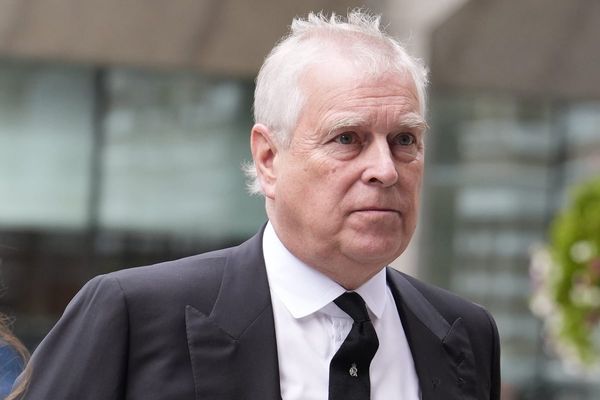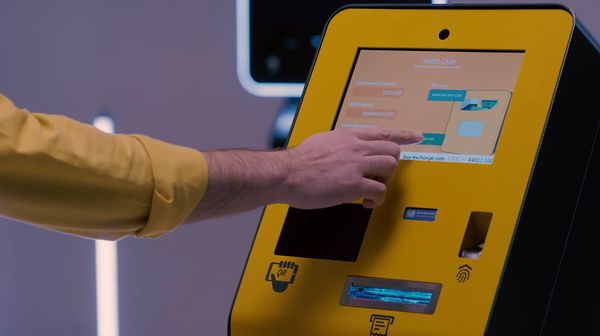
In a candid reflection on his storied career, Berkshire Hathaway (BRK.A)(BRK.B) CEO Warren Buffett recounted the irony of his most “unpromising” purchase—Berkshire Hathaway itself. Despite ultimately transforming the struggling textile manufacturer into a multi-billion-dollar conglomerate, Buffett revealed why buying control of Berkshire was, in his words, the “worst investment” he ever made:
“My first mistake, of course, was in buying control of Berkshire. Though I knew its business — textile manufacturing — to be unpromising, I was enticed to buy because the price looked cheap. … In a difficult business, no sooner is one problem solved than another surfaces — never is there just one cockroach in the kitchen.”
A Humble Admission from the “Oracle of Omaha”
Many associate Berkshire Hathaway with investment genius—its stock price soared over the decades under Buffett’s leadership, thanks to landmark acquisitions of Coca-Cola (KO), American Express (AXP), and other blue-chip names. Yet Buffett’s admission highlights an important lesson: even legendary investors can be swayed by a “cheap” sticker price without fully weighing the challenges inherent in a declining industry.
- The Textile TrapBerkshire’s roots lay in textile manufacturing, a business Buffett acknowledged had grim prospects from the start. Prolonged declines in U.S. manufacturing, coupled with international competition, meant the company faced endless operational hurdles.
- “One Cockroach in the Kitchen”By comparing trouble in a difficult business to cockroaches, Buffett underscored that underlying, systemic issues seldom appear in isolation. Once you fix one operational snag—rising costs, shifting consumer demand—another complication often materializes.
Ties to Buffett’s Investment Philosophy
Despite his own misstep with Berkshire Hathaway’s textile operations, Buffett turned it into a holding company that now invests in banking, insurance, energy, consumer goods, and more. His confession about Berkshire’s initial shortcomings reaffirms key cornerstones of his approach:
- Buy Good Businesses, Not Just Cheap StocksEarly in his career, Buffett sometimes focused too heavily on bargains without giving equal weight to long-term fundamentals—an oversight he has since corrected.
- Look for “Economic Moats”Over time, Buffett sought companies with strong competitive advantages (like brand power or low-cost production) that could weather market shifts. Failing industries, by contrast, often lack durable moats.
- Admit and Learn From MistakesBuffett’s open acknowledgement of his bad investment reveals a willingness to course-correct—a trait he’s consistently encouraged in partners, CEOs, and aspiring investors alike.
Buffett’s Journey: From Textiles to Empire
- The Birth of Berkshire’s PortfolioAlthough the textile business struggled, Buffett gradually redirected cash flows into more lucrative sectors—insurance (GEICO), consumer goods (See’s Candies), and finance (American Express).
- Phasing Out the Original CoreBy the mid-1980s, Berkshire’s textile operations were shuttered, as they could no longer compete. The pivot allowed Berkshire to emerge as a diversified holding company—a testament to Buffett’s adaptability.
- Thriving Through AcquisitionsThe ironically dubbed “mistake" investment ended up housing one of the world’s most successful investment portfolios, illustrating the power of strategic reinvention.
A Lesson for Investors and Entrepreneurs
Buffett’s cautionary tale about Berkshire Hathaway’s textile beginnings serves as a timeless warning:
- Beware of Cheap Prices AloneA low purchase price doesn’t guarantee a profitable venture if the business lacks a future.
- Look Under the HoodJust as “one cockroach” often hints at deeper problems, investors must evaluate all potential pitfalls—industry trends, cash flow constraints, competitive landscape—before committing capital.
- Pivot When NecessaryEven a bad purchase can evolve into a success story if leaders recognize the industry’s limitations and redeploy assets into stronger businesses.
Ultimately, Warren Buffett’s unvarnished perspective on Berkshire Hathaway’s origins underscores why he’s widely revered: not just for his triumphs in value investing, but for the humility and candor with which he shares missteps. For anyone looking to avoid “cockroaches in the kitchen,” it’s a lasting reminder that price is never a substitute for a viable, forward-looking business model.







